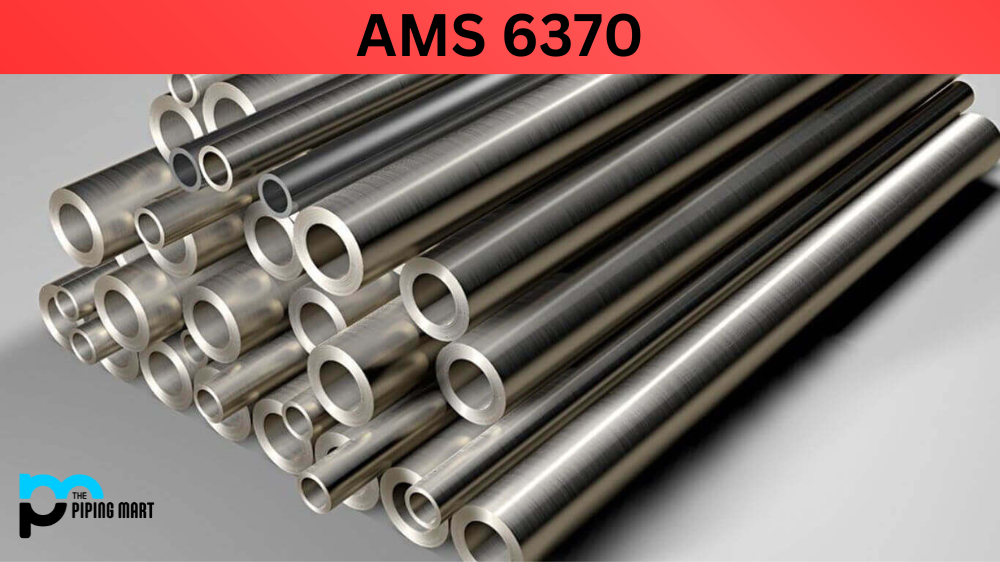SAE 1215 is a low-carbon, free-machining steel with good formability and machinability. This material is easily welded and is often used in cold drawn or turning and polishing conditions. It is widely available in various sizes and shapes due to its excellent overall properties.
SAE – AISI 1215 Composition
| Element | Content (%) |
|---|---|
| Iron, Fe | 98.42 – 98.95 |
| Manganese, Mn | 0.75 – 1.05 |
| Sulfur, S | 0.260 – 0.35 |
| Carbon, C | 0.090 |
| Phosphorous, P | 0.040 – 0.090 |
SAE – AISI 1215 Mechanical Properties
| Properties | Metric | Imperial |
|---|---|---|
| Tensile strength | 540 MPa | 78300 psi |
| Yield strength | 415 MPa | 60200 psi |
| Bulk modulus (typical for steel) | 140 GPa | 20300 ksi |
| Shear modulus (typical for steel) | 80.0 GPa | 11600 ksi |
| Elastic modulus | 190-210 GPa | 27557-30458 ksi |
| Poisson’s ratio | 0.27-0.30 | 0.27-0.30 |
| Elongation at break | 10% | 10% |
| Reduction of area | 35% | 35% |
| Hardness, Brinell | 167 | 167 |
| Hardness, Knoop (converted from Brinell hardness) | 188 | 188 |
| Hardness, Rockwell B (converted from Brinell hardness) | 85 | 85 |
| Hardness, Vickers (converted from Brinell hardness) | 175 | 175 |
| Machinability (Based on 100 machinability for AISI 1212 steel.) | 140 | 140 |
SAE – AISI 1215 Physical Properties
| Properties | Metric | Imperial |
|---|---|---|
| Density | 7.87 g/cm3 | 0.284 lb/in³ |
SAE – AISI 1215 Thermal Properties
| Properties | Metric | Imperial |
|---|---|---|
| Thermal expansion co-efficient (@ 20°C/68°F, typical steel) | 11.5 µm/m°C | 6.39 µin/in°F |
| Thermal conductivity (typical steel) | 51.9 W/mK | 360 BTU in/hr.ft².°F |
SAE – AISI 1215 Equivalent
- AMS 5010
- ASTM A108
- ASTM A29
- ASTM A576
- SAE J403
- SAE J412
SAE – AISI 1215 Uses
The main use for SAE / AISI 1215 is as free machining steel. It is used in various applications such as shafts, spindles, pins, rods, and sprockets. This material is also used for multiple products in cold-drawn or turning and polishing conditions.
SAE – AISI 1215 Corrosion Resistance
SAE / AISI 1215 offers good corrosion resistance in most environments, including fresh water, mild acids and alkalis, dry air, and some chemicals. However, this material will corrode rapidly in salt water or highly corrosive environments.
SAE – AISI 1215 Heat Resistance
SAE / AISI 1215 has good heat resistance up to approximately 400 degrees Fahrenheit. However, this material will lose strength at elevated temperatures and should not be used above this temperature range.
SAE – AISI 1215 Machining
SAE / AISI 1215 can be machined using all conventional methods, including turning, drilling, milling, and tapping. This material work hardens rapidly during machining, so large amounts of stock should be removed per pass. Tool life will also be shorter than other materials, so high-speed steel or carbide tools should be used.
Welding
SAE / AISI 1215 can be welded using all conventional methods, including oxyacetylene welding, shielded metal arc welding, gas metal arc welding, and resistance welding. Preheat and post-heat treatments are not generally required when welding this material.
Conclusion
SAE / AISI 1215 is a low-carbon steel with good formability and machinability. It is easily welded and has good corrosion resistance in most environments. This material work hardens rapidly during machining, so large amounts of stock should be removed per pass, and tool life will be shorter than other materials. When welding SAE / AISI 1215, preheat and post-heat treatments are not generally required.

A passionate metal industry expert and blogger. With over 5 years of experience in the field, Palak brings a wealth of knowledge and insight to her writing. Whether discussing the latest trends in the metal industry or sharing tips, she is dedicated to helping others succeed in the metal industry.




